Authentic East African gorilla encounters
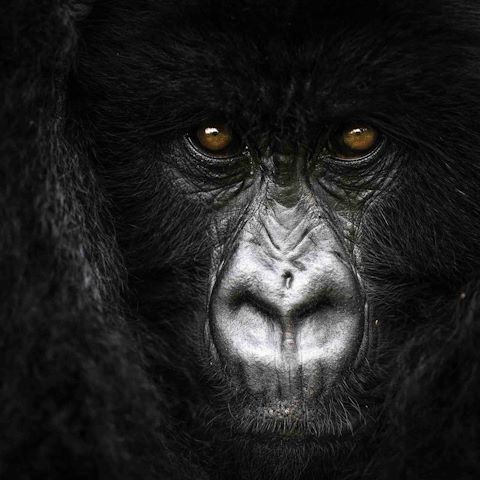
Wildlife and conservation photographer Amish Chhagan focuses his lens on the extraordinary, inspiring success story of Rwanda’s mountain gorilla population’s rebirth.
The night before our gorilla trek, I barely slept. I woke up several times thinking it was time to get my gear on. Wilderness Bisate’s setting was already teasing us as to what could come on this trip; a mini uphill trek to our “nest”, the sight of Bisoke and Karisimbi volcano peaks rising through the forests of the nearby Virunga Mountains, the cool air, and the heavy breathing – a symptom of this high altitude.
Charming cultural encounters with Bisate’s staff
The camp is exquisite, blending luxury with a Rwandan twist and a homely feel. There are only six rooms – well, more like an open plan one-bedroom penthouse. The views of the volcanoes in the distance give the eyes space to breathe. The aroma of the crisp fresh air gives you a small adrenaline high as it reminds you of where you are. Every little detail seems to have been thought of.
I have always valued client service; it is the factor that distinguishes good hospitality from great. Whether at my local coffee shop, barber, or a camp in Africa, those I have fond memories of made an effort to build a relationship with us. Our experience at Bisate was most definitely one of those fond memories. All the staff knew our names and backgrounds before we even stepped foot onto the property. Not only were most of the staff from the surrounding communities, but it almost seemed they were hand-picked with the criteria of a glowing warm orange energy. In hindsight, our encounters with Rwandans throughout our trip were charming and engaging.

Gorilla trekking, an unparalleled wilderness experience
On the morning of our gorilla trek, I was woken by the aroma of freshly brewed coffee. The rich scent filled the air, instantly energising me for the adventure ahead. As I sipped the steaming cup, I couldn't help but feel a mix of excitement and anticipation, with a hint of nervousness. I was about to witness the mountain gorillas in person. We gathered our gear and set off into the dense jungle, guided by experienced trackers and rangers.
The gorilla group we were going to meet was the Susa family, consisting of about 20 members, with three silverbacks, several blackbacks and a couple of babies. We were informed that our ETA to meet the gorilla family was about 30-45 minutes, but as we approached the half-hour mark, we were informed the gorillas had moved further north. We adjusted our course and continued deeper into the dense foliage, our anticipation growing with each step. The sounds of rustling leaves and distant calls of birds enveloped us, creating an otherworldly atmosphere. Finally, after what felt like an eternity, we caught a glimpse of black fur through the trees. We placed our masks over our faces, I got my cameras out and approached cautiously.

The gorillas seemed unperturbed by our presence, as if they were allowing us a glimpse into their world – they were. The expressions on their faces spoke volumes – wisdom, curiosity, and a deep connection with each other. Their tranquil demeanour conveyed a sense of peace and acceptance. It was as if we had entered a sacred sanctuary, where humans and gorillas coexisted harmoniously. With each click of my camera's shutter, I felt a surge of excitement, realising the significance of documenting these incredible creatures.
The similarities of these species to us are uncanny – unsurprisingly, as there is only a 1.6% difference in DNA between humans and gorillas. The obvious features are hands, opposable thumbs, ears, teeth structure and facial composition. Females have a similar pregnancy period of around 8.5 months, with mothers and other female family members taking care of their offspring, as we would. What struck me the most was their mannerisms – their facial expressions clearly show their emotion, whether calm, annoyed, playful or curious.
The behaviour between them was dependent on how strong the relationships were with each other; again, much like us humans. Brothers, sisters and mothers clearly showed protection for their curious infant, who kept creeping closer to me as he saw his reflection on my lens. There was a particular blackback that was not even allowed close to where the family was resting. Every time he took a step closer, one of the silverbacks grunted aggressively, communicating to stay away – the ranger claimed it could have been something he did to upset the silverback, and this was his punishment.

Toward the end of our visit, it started to drizzle, and the main silverback of the family went from a relaxed state to becoming very grumpy, arms crossed and frowning, visibly upset. We were protected well with all our waterproof gear, but it was yet another moment when our parallels with gorillas surfaced once more. We were in an open area, hence no protection for him and his family. He looked up at the sky as if to ask why and then looked directly at me as if to demand my raincoat. Those five seconds felt like an hour and sent my heartbeat to 120 bpm. What a way to say goodbye.
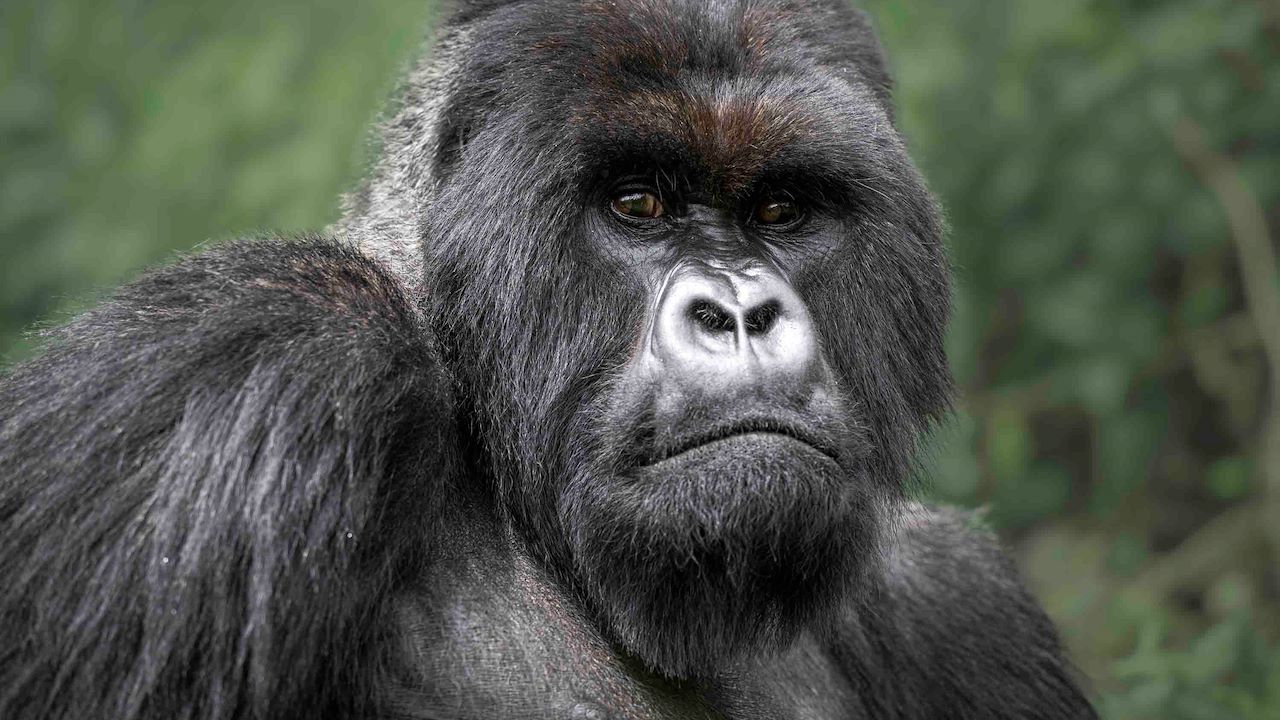

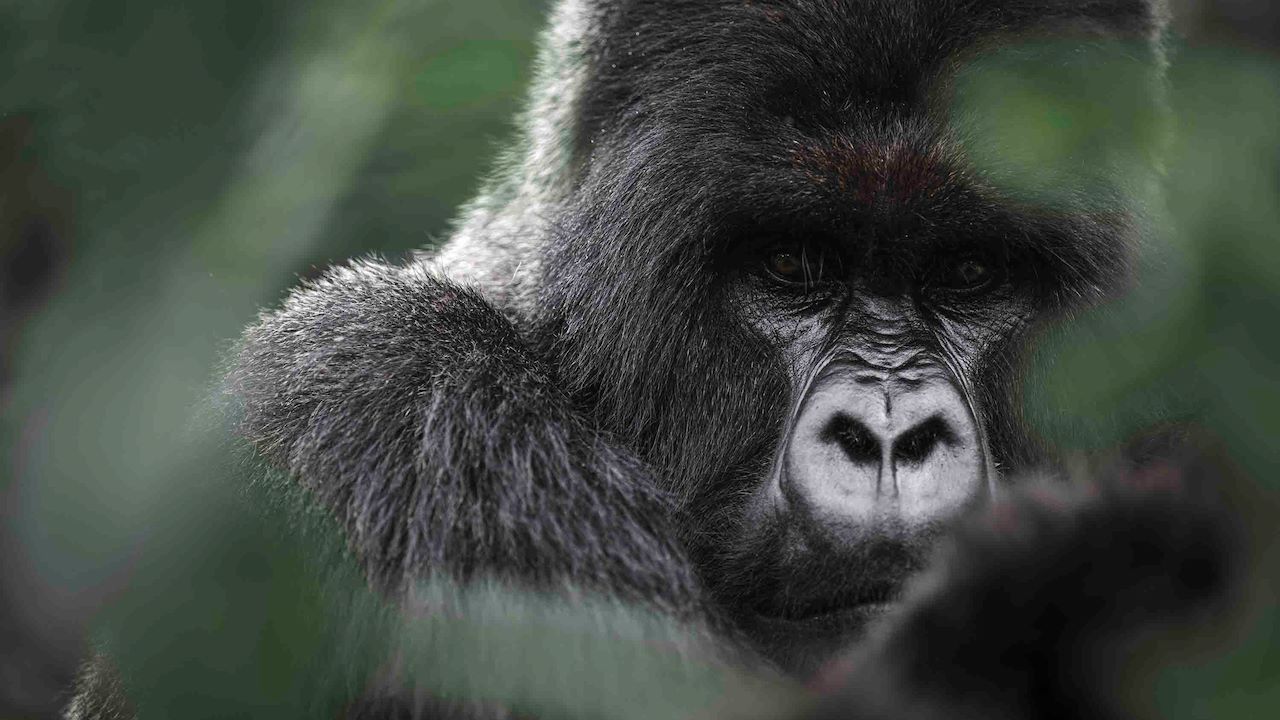
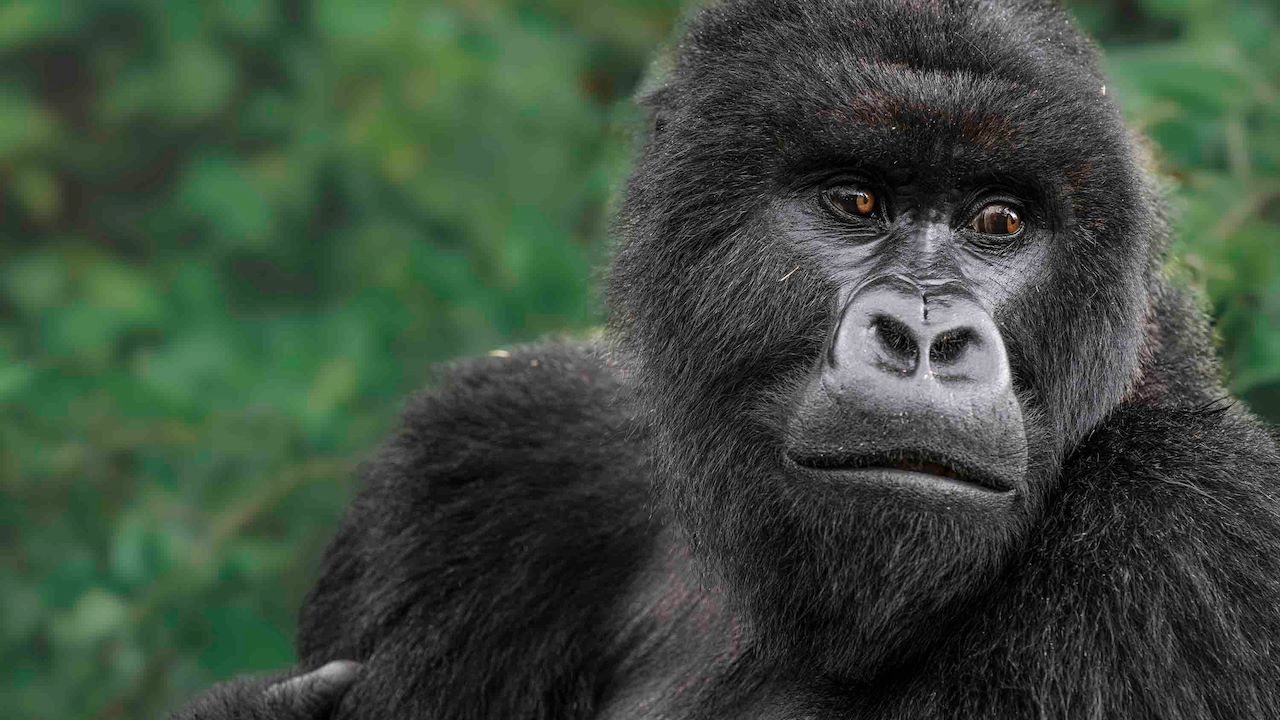
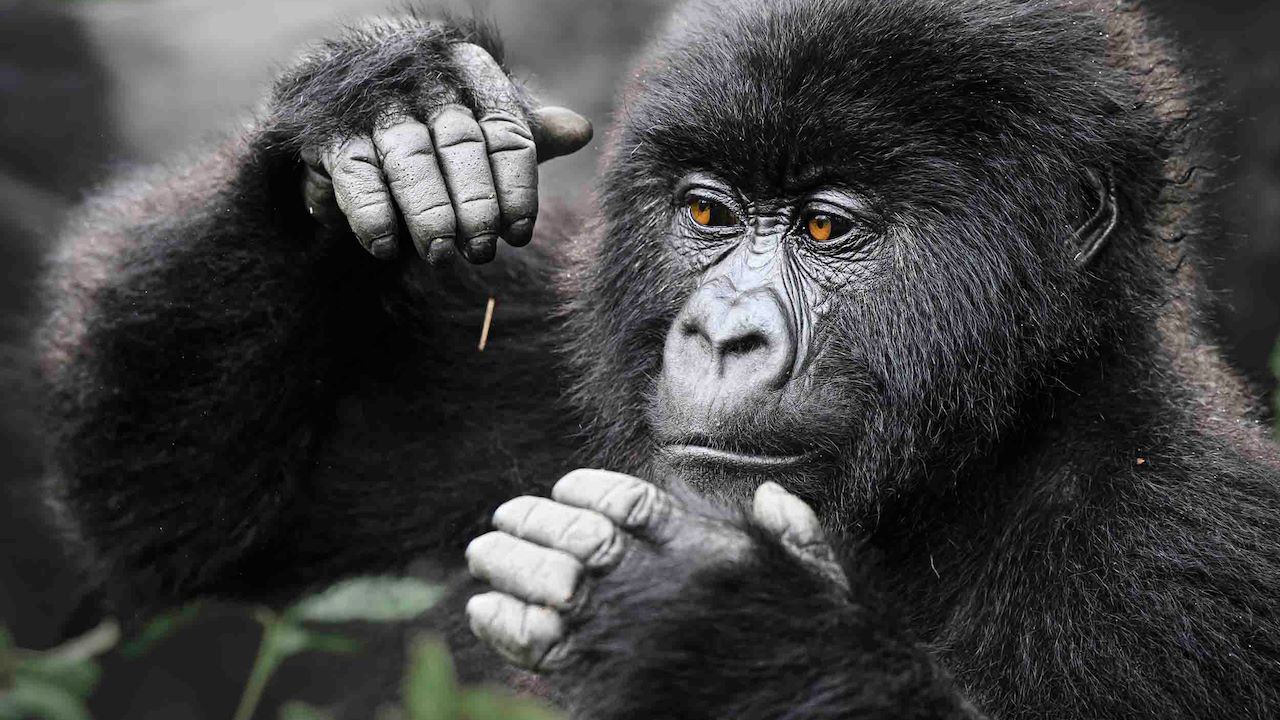
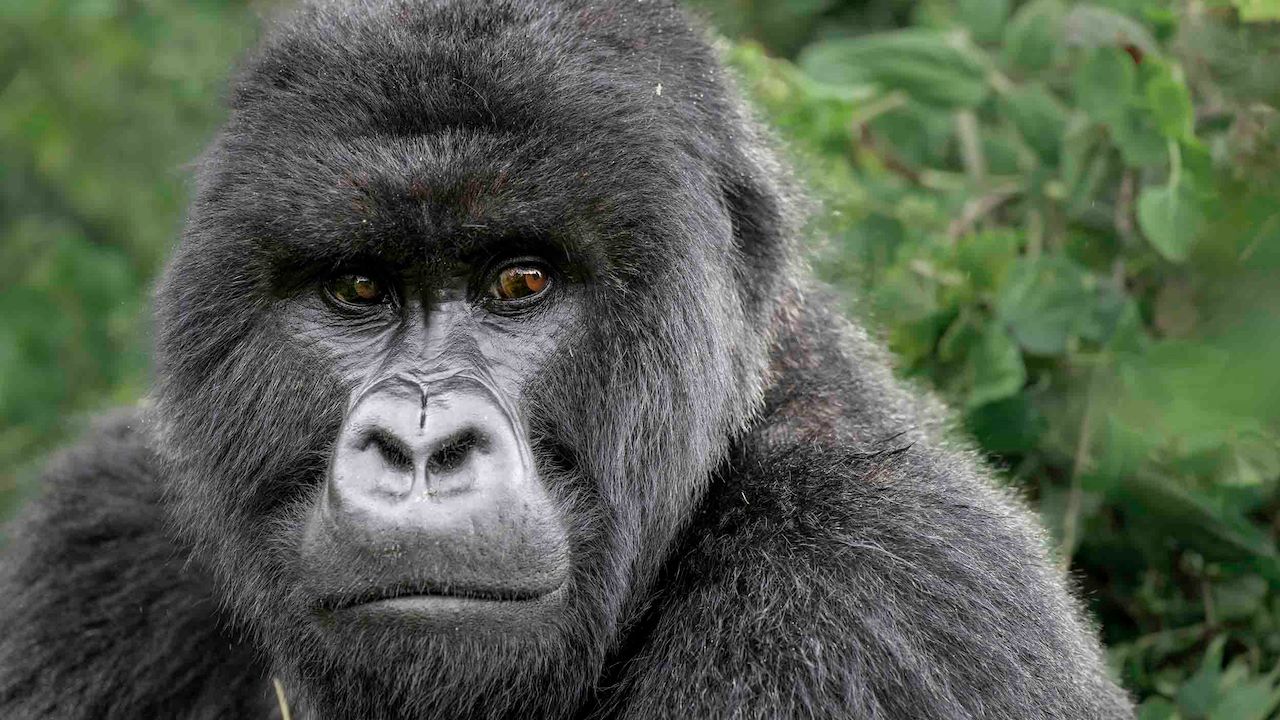






Forest adventures with Endangered golden monkeys
We took the opportunity to trek to see yet another primate species, the golden monkey. These unique and rare species are primarily found in the Virunga Mountains at the intersection of Rwanda, Uganda and DRC. Golden monkeys are considered endangered and although no official statistic exists on population, it is estimated there are between 4,000 and 5,000 remaining in the forests of these mountains, with decreasing populations due to habitat destruction. They are insufficiently explored, unlike other primates such as the mountain gorillas and chimpanzees that reside in similar habitats.
Conservation tourism and the impactful work of Dian Fossey
The Dian Fossey Centre is one of the only organisations that has created a team specifically to research these species and has been doing this over the last 15 years, making great strides in understanding their ethology. The idea was to replicate a similar approach to one that Dian Fossey applied to the mountain gorillas using trackers and researchers, all the while habituating them and create a conservation model that will assist in recovering the species’ numbers.
There are few experiences in my life that have had me more awestruck than being in the presence of one of humans’ closest ancestors. It is almost as if we were witnessing a time before human settlements. Those of us who have witnessed mountain gorillas in their habitat will surely understand how fortunate and lucky we are. In the few years that I have embarked on the journey of conservation and wildlife photography, this has been the pinnacle.

That is not to say my other adventures have not been special. This one took me on an unexpected emotional journey – one with gratitude, joy and thrill but also with sadness and shame, as the conservationist in me kicks in because of the destruction we have caused, not only for these gorillas, but for the wider biodiversity.
Follow Amish Chhagan

Zambian-raised Amish Chhagan is an award-winning wildlife and conservation photographer now based in Barcelona, Spain. Growing up in Zambia, he was fortunate to spend time in close proximity to this African flora and fauna, and revelled in the serenity of these vast lands, the blissful feelings it created, and the excitement of spotting wildlife – even more so when he found photography (or when photography found him).
Amish’s role as a wildlife photographer exists because there are spectacular moments to capture in the wild. But within him exists too an important duty to preserve and conserve the wilderness and its natural habitat. This gives him a bigger sense of responsibility – as a human being and photographer – to use his work to showcase the beauty of the once abundant wildlife of our planet. His commitment to his craft and passion for conservation are fierce.
Website: www.chagsphotography.com
Instagram: @chags.photography
Email: [email protected]
Wilderness Impact
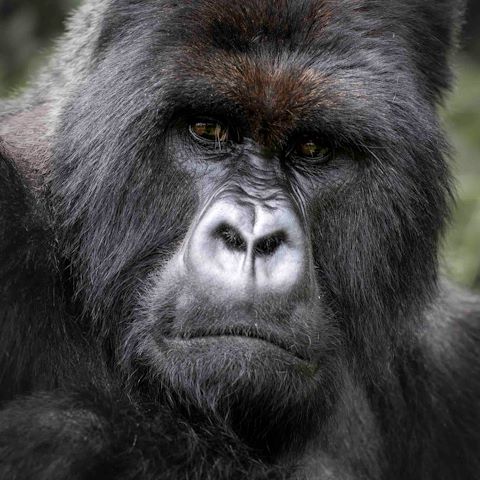
Through the Protect pillar of our Impact strategy, Wilderness has proudly partnered with the Rwanda Development Board and the African Wildlife Foundation to expand gorilla habitat in Volcanoes National Park. Our commitment to the area’s reforestation, and working together with the communities surrounding the national park via a sustainable model, is playing an important role in the park’s expansion.
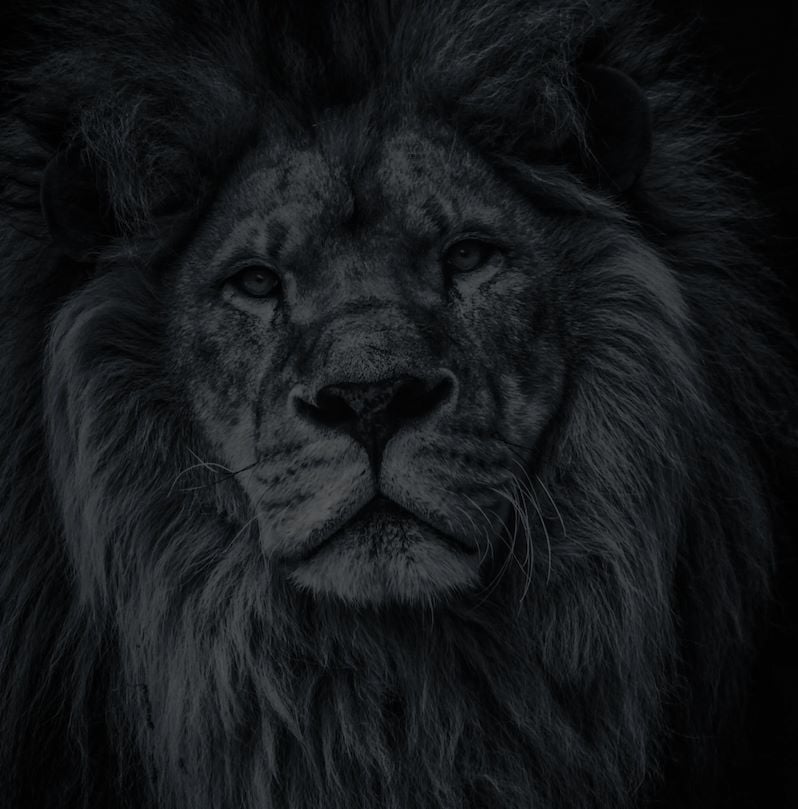
Let’s plan your next journey
Ready?
When we say we’re there every step of the way, we mean it, literally. From planning the perfect circuit, to private inter-camp transfers on Wilderness Air, and easing you through Customs. We’re with you on the ground, at your side, 24-7, from start to finish. Ready to take the road less travelled? Contact our Travel Designers to plan an unforgettable journey.